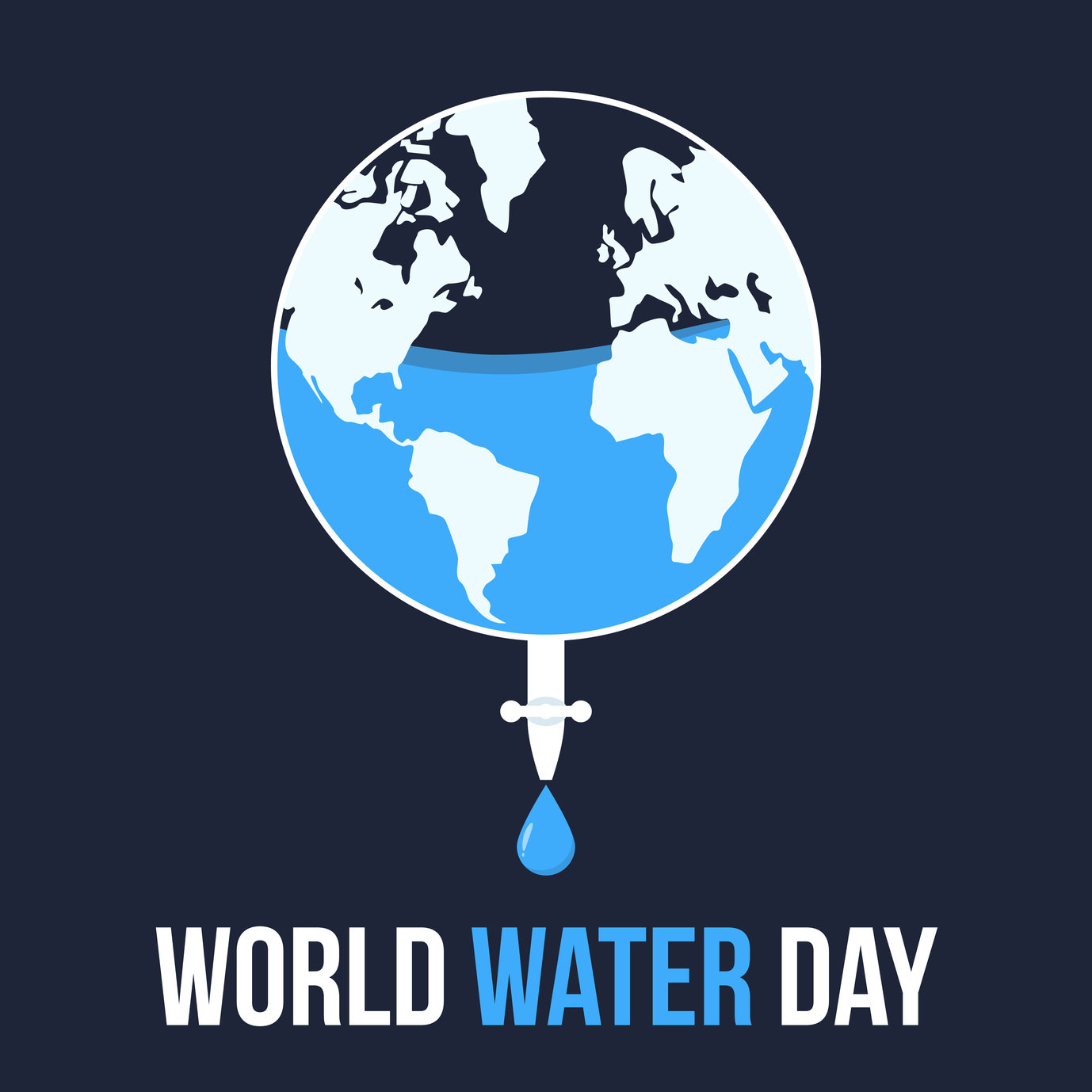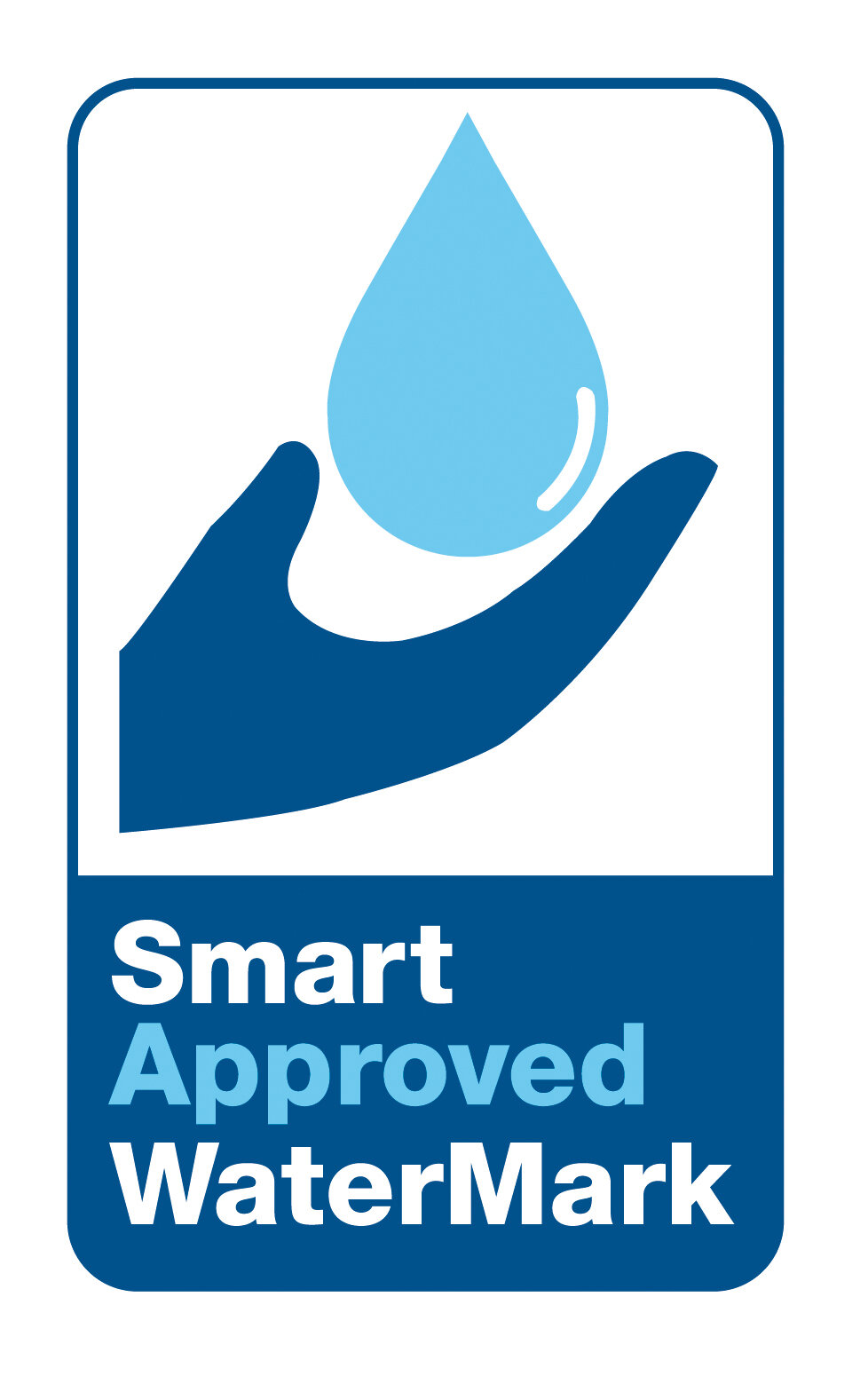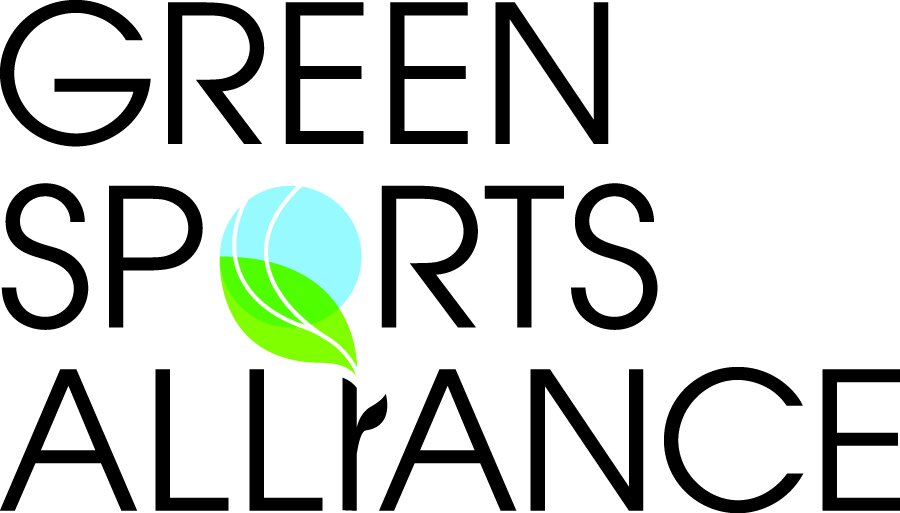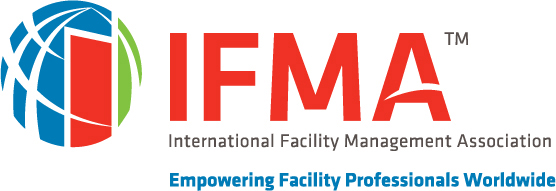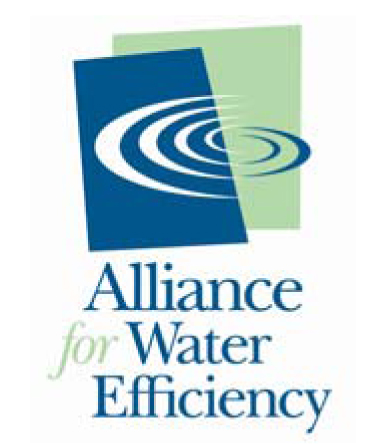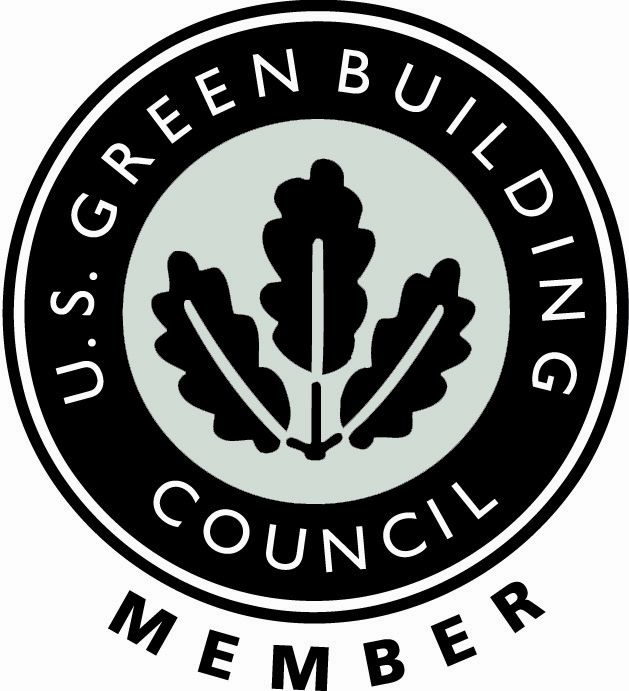World Water Day 2017 is March 22 is, but many people do not realize the importance of world water day.
World Water Day was created by the United Nations because water is essential to life on this planet. It is also vital for countries to have a strong and vibrant economy, to create jobs, and for social and human development.
An estimated 1.5 billion people work specifically in water-related sectors around the globe. But every industry in the world is in one way or another is dependent on water. That means when we suffer droughts or water shortages, the livelihoods of billions of people can be affected.
World Water Day gives us all an opportunity to learn more about water, remember its importance, and take steps to use water much more efficiently to reduce consumption.
History of World Water Day
World Water Day dates back to 1992. That was when the UN first started considering its creation, “as a means of focusing attention on the importance of freshwater and advocating for the sustainable management of freshwater resources,” according to the organization. It was discussed at the United Nations Conference on Environment and Development (UNCED) – now known as the Earth Summit - which was held in Rio de Janeiro that year, and later adopted, with the first commemorative World Water Day held in 1993.
Over the years a number of world water day activities to celebrate this special day and recognize the importance of abundant, clean water have been developed. Among the “slightly unusual” are the following:
Drink Upscale Water: Some people call seltzer water “upscale water” because it’s one of the favored drinks of the rich. However, seltzer water can actually help us consume less water. Seltzer water is regular tap water but carbonated. It seems to fill us up faster, so we drink less of it.
Eat Less Meat: Did you know that a typical steak dinner for two requires about 4,000 gallons (15,000 liters) of water? And Americans consume more meat today than they did 30 years ago, which is one reason water for livestock has become one of the greatest factors for increased water consumption in this country.
Know the Facts: Unfortunately, most people in the United States are simply unaware of how much of the world lacks clean, dependable water. According to the U.N. 85 percent of world population lives in the drier areas of the planet where water is in short supply and nearly 800 million do not have access to clean water.
Wash Your Hands Right the First Time: Some studies have found that many people wash their hands very quickly, and then before they eat, wash their hands again, to make sure they are clean. If you wash your hands right the first time – for about 15 seconds with soap and water – in many cases you can forgo the second wash.
Give for Water: According to a 2015 study by WaterAid America, one in five babies around the world dies during its first month of life due to lack of clean water. Further, they found that 35 percent of the lower-income countries around the world lack soap and water for proper handwashing. The result is death and disease.
Try Not to Flush: In the late 1970s, a little jingle on the mouths of millions of Californians was “if it’s yellow, let it mellow. If it’s brown, flush it down.” That jingle helped the state get through one of its worst droughts in history. But we can take that a step further today. Why do we need urinals that use 35,000 gallons of water per year just to flush the “yellow” down? This can be eliminated by using no-water urinal systems. They are clean, sanitary, hygienic, and water efficient.
Make a Pledge: Celebrate World Water Day every day by making a pledge to be aware of your water consumption and take steps to reduce it. Pledges work because once you try it, you quickly learn how easy it is to save water.
For more information on World Water Day 2017, ways to reduce water consumption, and honor World Water Day, call a Waterless Co representative at 800-244-6364.


